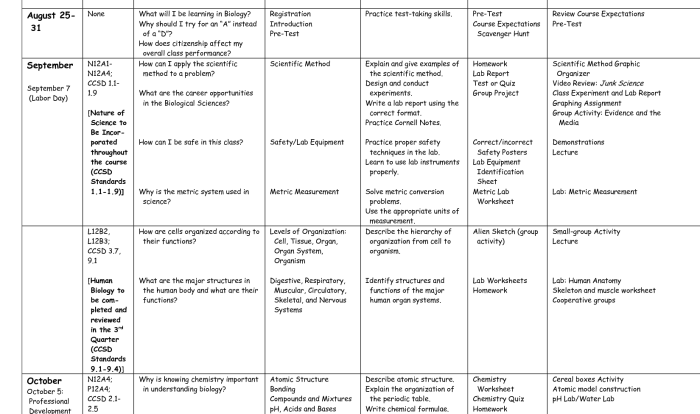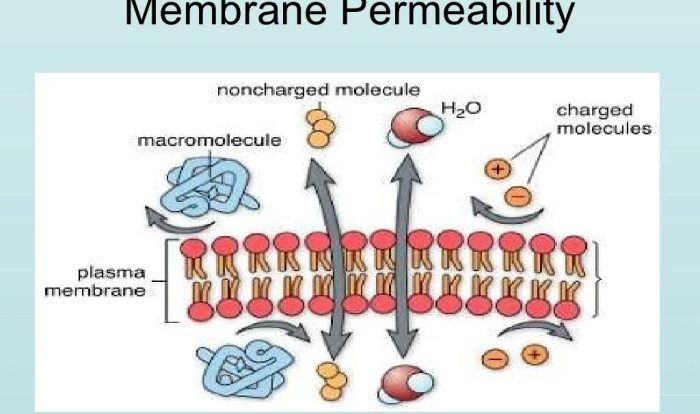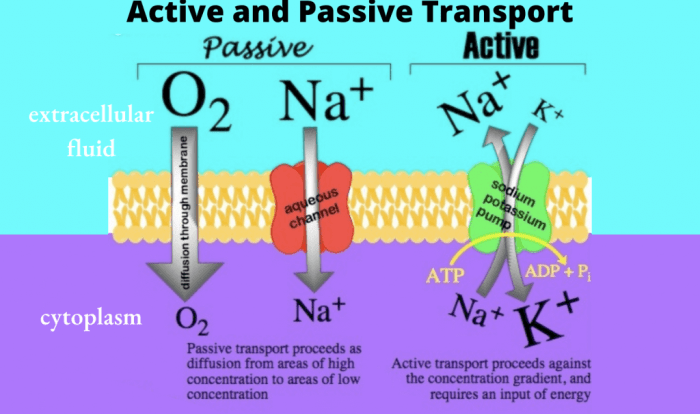Embark on a captivating journey into the intricate world of cells with our comprehensive Cell Structure and Processes Practice Worksheet. Delve into the fundamental components and dynamic processes that govern the very essence of life, gaining a deeper understanding of the building blocks of all living organisms.
This meticulously crafted worksheet unravels the mysteries of cell structure, from the cell membrane to the enigmatic nucleus, and explores the vital processes that sustain cellular life, including photosynthesis, cellular respiration, and cell division. Engage in a series of thought-provoking questions and practical exercises designed to solidify your grasp of these essential concepts.
Cell Structure and Processes

Cells are the basic unit of life, and understanding their structure and processes is essential for comprehending the functioning of all living organisms. This worksheet provides an overview of cell structure and processes, including photosynthesis, cellular respiration, and cell division.
Cell Structure
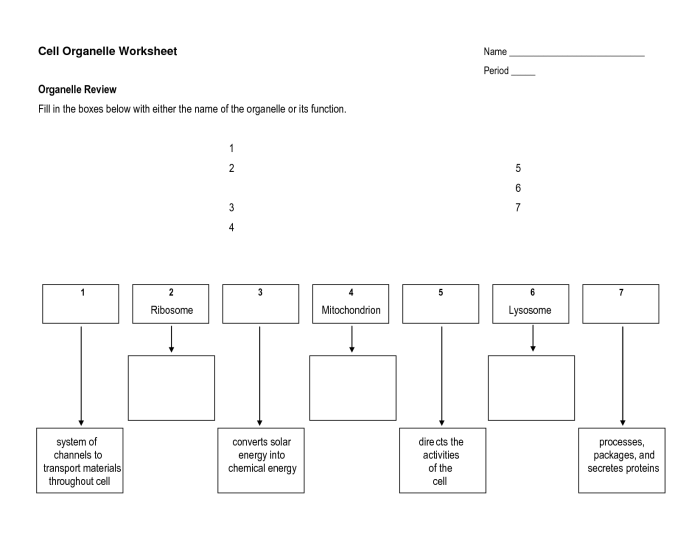
| Cell Component | Function | Location |
|---|---|---|
| Cell Membrane | Regulates the movement of materials into and out of the cell | Surrounds the cell |
| Cytoplasm | Contains the cell’s organelles and provides a medium for chemical reactions | Between the cell membrane and the nucleus |
| Nucleus | Contains the cell’s genetic material (DNA) | In the center of the cell |
| Endoplasmic Reticulum | Folds and transports proteins | Throughout the cytoplasm |
| Golgi Apparatus | Modifies, sorts, and packages proteins | Near the endoplasmic reticulum |
| Mitochondria | Produces energy for the cell | Throughout the cytoplasm |
| Ribosomes | Synthesizes proteins | On the endoplasmic reticulum or free in the cytoplasm |
| Lysosomes | Breaks down waste products and worn-out cell parts | Throughout the cytoplasm |
Cell Processes
Photosynthesis, Cell structure and processes practice worksheet
Photosynthesis is the process by which plants and other organisms use sunlight to convert carbon dioxide and water into glucose and oxygen. The glucose is used for energy, while the oxygen is released into the atmosphere.
Cellular Respiration
Cellular respiration is the process by which cells use oxygen to break down glucose and produce energy. The energy is used to power the cell’s activities.
Cell Division (Mitosis)
Cell division is the process by which a cell divides into two identical daughter cells. Mitosis is the type of cell division that occurs in most body cells.
Practice Worksheet: Cell Structure And Processes Practice Worksheet
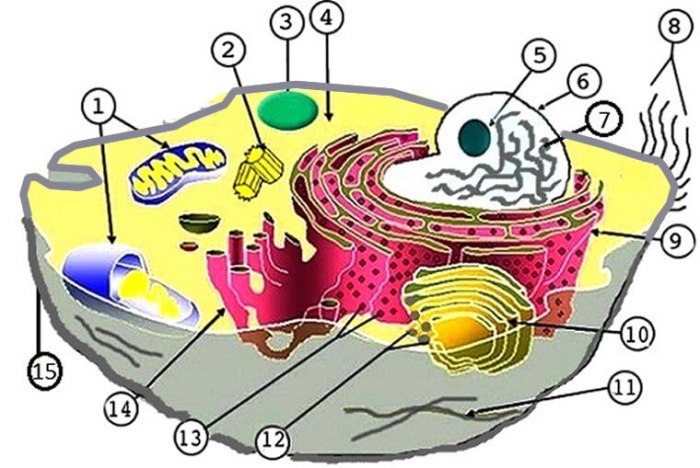
Identifying Cell Components
- Label the following cell components on a diagram of a cell: cell membrane, cytoplasm, nucleus, endoplasmic reticulum, Golgi apparatus, mitochondria, ribosomes, and lysosomes.
Understanding Cell Processes
- Explain the process of photosynthesis.
- Describe the role of mitochondria in cellular respiration.
- Discuss the importance of cell division in the growth and repair of organisms.
Applying Knowledge of Cell Structure and Processes to Real-World Situations
- Explain how the structure of the cell membrane allows it to regulate the movement of materials into and out of the cell.
- Discuss how the mitochondria’s role in cellular respiration affects the overall energy production of an organism.
- Describe how the process of cell division contributes to the development and maintenance of tissues and organs.
Essential Questionnaire
What is the significance of understanding cell structure and processes?
Comprehending cell structure and processes is crucial for unraveling the fundamental mechanisms that govern life. It provides insights into how cells function, interact, and contribute to the overall health and well-being of organisms.
How does this practice worksheet enhance my learning?
This practice worksheet offers a structured and engaging approach to reinforce your understanding of cell structure and processes. Through a series of questions and exercises, you can test your knowledge, identify areas for improvement, and solidify your grasp of these essential concepts.
What are the benefits of studying cell structure and processes?
Studying cell structure and processes not only expands your scientific knowledge but also cultivates critical thinking skills, problem-solving abilities, and a deeper appreciation for the intricate workings of life.
